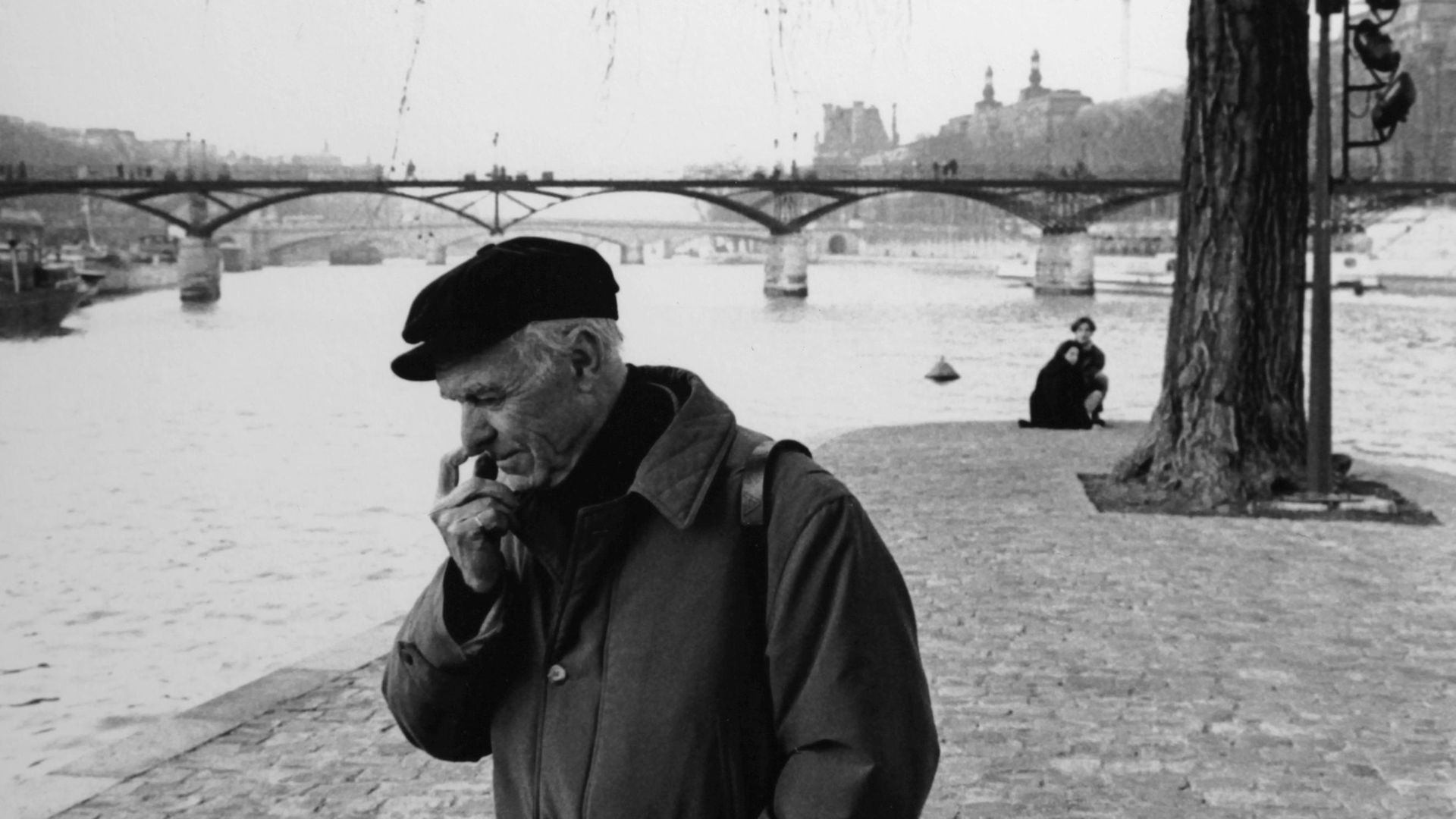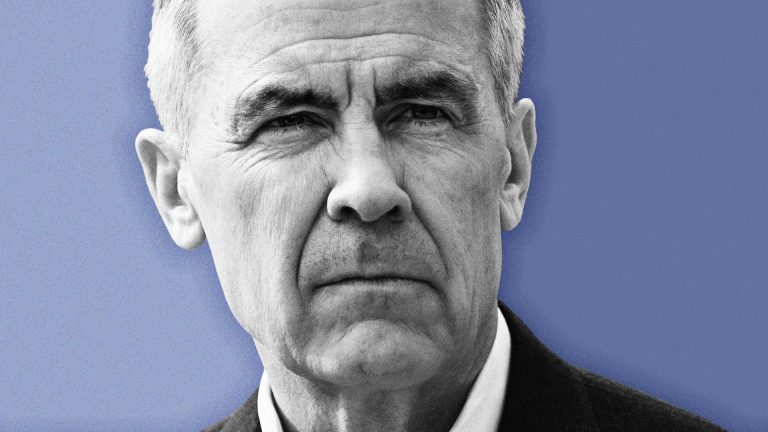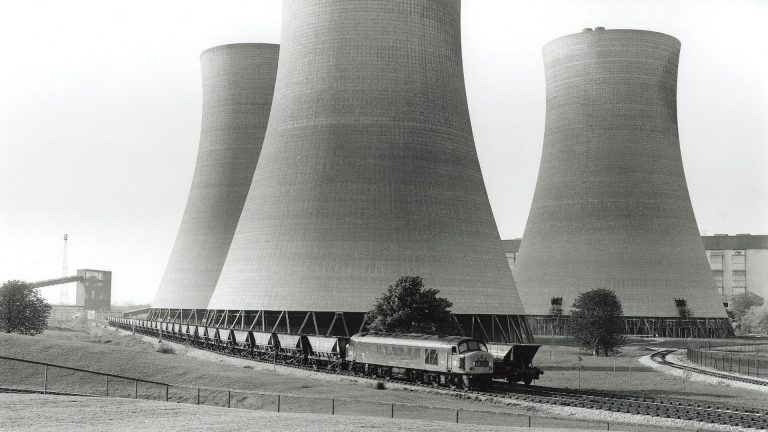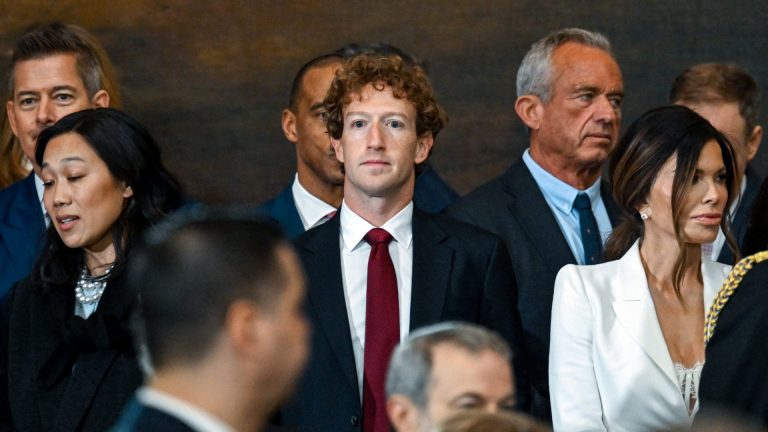CHARLIE CONNELLY on the life of photographer Robert Doisneau, a man who portrayed Paris to the world and captured one of its most famous and romantic images.
When a teenage Robert Doisneau first took a camera onto the streets of Paris he was so cripplingly shy that all he came back with were pictures of cobblestones. Gradually he plucked up the courage to raise his lens to photograph other children and then adults, leading to a lifetime producing images that captured and defined the spirit of Paris in the 20th century.
He called it “the religion of looking”, this endless pursuit of eloquent, fleeting intimacy, spending countless hours walking the streets of his home city, camera in hand, ready with the reflexes of a gunfighter for whenever the right moment arose.
“I always went out hoping for the unimaginable to arrive, for chance to work its magic, and sometimes it did,” he said. “But you have to pay for that because chance is one thing you can’t buy in a camera shop. You have to spend a lot of time waiting for it.”
Doisneau saw the goodness of humanity through the viewfinder, whether it was in the exhilaration of dancers in full flight, the concentration of children chalking on a wall or the excitement in the eyes of a woman sitting in a bar waiting for her lover.
Or the passion of a couple sharing a kiss as they walk past a café.
It was Le baiser de l’hôtel de ville, ‘The Kiss by the City Hall’, that elevated Doisneau from highly-respected documentary photographer to an artist of global renown. The picture, taken on a bright spring day at the start of April 1950, captured perfectly the moment a young couple passing a pavement café at the corner of Rue de Renard and Rue de Rivoli suddenly kissed, the tousle-haired young man with his arm around the woman looking up at him, a brief meeting of souls and lips, a moment that would be all but forgotten by even the couple themselves by the time they turned the next corner. The people seated at the tables don’t notice them while an older man in raincoat and beret standing behind them to the left of the picture looks straight past them. No matter. In the fraction of second it took the shutter to open and close, the young lovers were concerned with nothing but each other anyway.
It’s a typical Doisneau shot, sharing with the viewer this split-second of intimacy, a moment gone in an instant yet preserved forever. He thought it well composed but nothing particularly out of the ordinary, it was used as part of a feature commission in the US magazine Life and that appeared to be that.
More than 30 years later a publisher approached Rapho, the agency for whom Doisneau worked for most of his career, and proposed turning Le baiser into a poster. It was 1984, the era of Athena, when barely a bedroom wall was without black and white posters of, say, a line of 1930s construction workers opening their lunch pails seated on a girder hundreds of feet above Manhattan, or a shirtless young man holding a baby. Le baiser chimed with that aesthetic and became a global bestseller. There were prints, greetings cards, stationery: that fleeting Paris kiss on a spring day soon became one of the best known images in the world.
Doisneau was initially bewildered by its success, but believed the photograph captured the worldwide imagination because “it represented a perfect fantasy. It encapsulates the world’s view of Paris as the city of love and freedom”.
There wasn’t much love and freedom on display in 1992, almost a decade after the image went global, when a by-then elderly Doisneau found himself embroiled in court battles involving competing claims to be the couple in the photograph. Jean-Louis and Denise Lavergne were retired printers who claimed it was their kiss and were looking for 100,000 francs as compensation for what was as far as they were concerned an invasion of their privacy.
When news of the case broke a former actress named Françoise Delbart came forward and insisted the woman in the picture was her and the man was Jacques Carteaud, her boyfriend at the time. In a statement issued by his lawyer Doisneau admitted he had asked Delbart and Carteaud to repeat a kiss he’d seen but not been able to photograph in time.
“He told us we were charming and asked if we could kiss again for the camera,” said Delbart. “We didn’t mind. We were used to kissing. We were doing it all the time then, it was delicious. Monsieur Doisneau was adorable, very low key, very relaxed.”
The Lavergnes’ suit was dismissed. Carteaud, by then a winemaker in the south of France, wanted nothing to do with the proceedings, commenting only that the whole sorry business served only to prove how the whole world had turned “quite mad and sinister”.
Some expressed disappointment to learn that Le baiser was not the fortunate happenstance it appeared to be, but for Doisneau the moment he had witnessed was such an expression of unbridled love, a private moment in a public place, he had to recreate it. It wasn’t as if he’d posed them: in order to avoid attracting too much attention from passers-by he just asked them to walk around the block and forget he was there, he would do the rest. It was still a perfect expression of the kind of intimate happiness he sought every time he stepped onto the streets of Paris.
“Some days the mere fact of seeing feels like perfect happiness,” he said towards the end of his life. “You feel as if you’re floating along. The policeman stops the traffic to let you across and you feel so rich you want to share your jubilation with others, you have more than enough for yourself.”
This constant desire to capture images of happiness and the goodness of humanity possibly stemmed from a difficult childhood.
“If you look closely at his work, you’ll see that the lightness, the carefree touch he strives for, aims to mask his own melancholy,” said his daughter Francine in 2005.
Doisneau was born in the Parisian suburb of Gentilly, the son of a quantity surveyor father and a mother from a family of successful industrialists. His father enlisted at the outbreak of the First World War when his son was two years old and never returned. His mother died five years later and he was raised by an aunt who showed little interest in the orphaned boy.
He studied lithography and engraving but as soon as he acquired his first camera at the age of 16 he knew this was where his future lay, the viewfinder providing the perfect filter between the lonely, shy teen and the rest of the world. He worked as an assistant to a photographer, discovered the humanist street pictures of the Hungarian Brassai and set out to emulate him and others such as Henri Cartier-Bresson and Willy Ronis.
Doisneau sold his first picture to a newspaper in 1932 and between 1934 and 1939 worked as an in-house photographer for Renault before serving briefly in the French army during the early stages of the war. He then worked for the Resistance, helping to forge documents for escaping Jews and communists.
His photographs of the liberation of Paris led to more work with Rapho and saw his pictures appear regularly in Life, Paris Match and Vogue. His studies of leading cultural figures like Jacques Tati and Alberto Giacometti were made with playful wit and imagination: his portrait of Pablo Picasso had the artist sitting at a table with eight bread rolls arranged in front of him to look like huge fat fingers.
The streets of Paris always remained his first love, wandering day and night, stalking the same cobbles that filled his first rolls of film. Happiness and joy had seemed elusive to a boy who had lost so early the very people who were meant to provide it, leaving him with ill-defined half-memories hinting at what should have been. He knew it must be out there somewhere though, even if it was only fleeting, even if it was happening to other people in a century where joy and happiness seemed in shorter supply than ever before. Yet Robert Doisneau never lost faith that it was out there, even if it was to be found in a mere passing instant.
“Maybe because there have been so few of them the memory of moments like this is my most reassured possession,” he said.
“A hundredth of a second here, a hundredth of a second there – even put together they still only add up to one, two, perhaps three seconds, snatched from eternity.”
What do you think? Have your say on this and more by emailing letters@theneweuropean.co.uk










